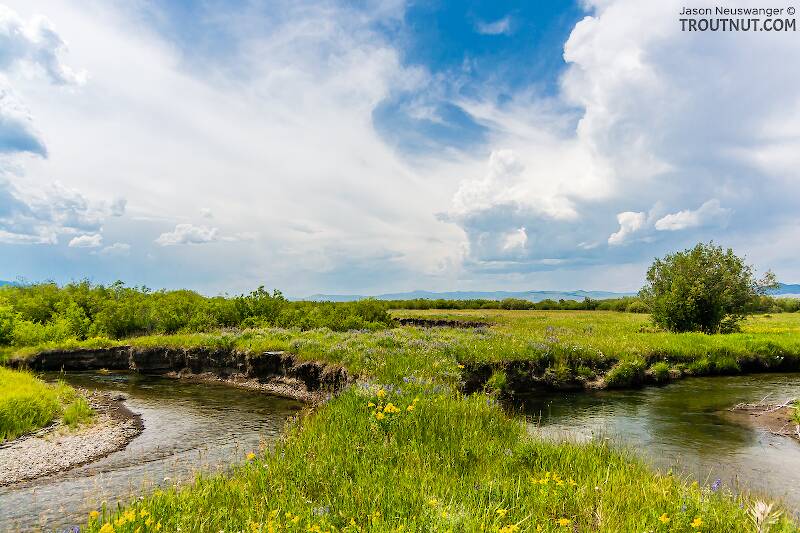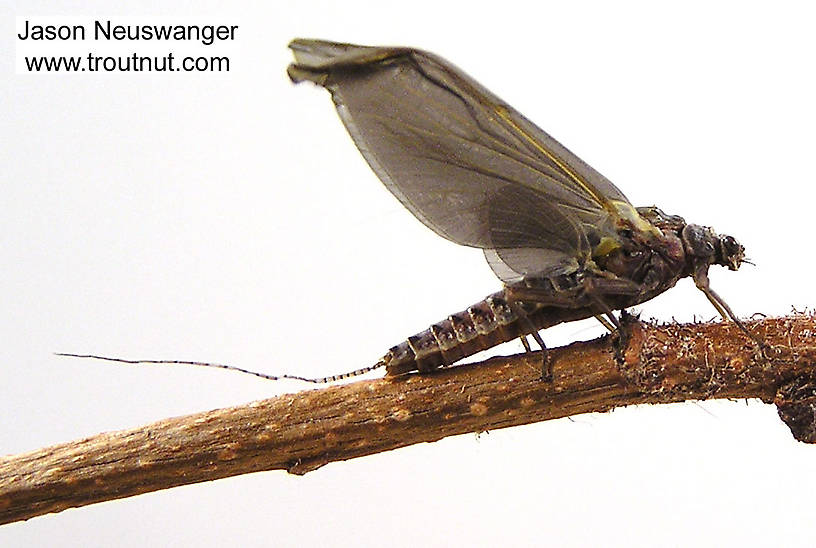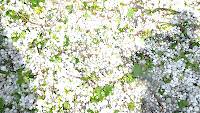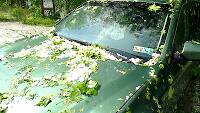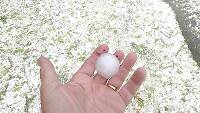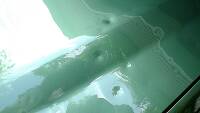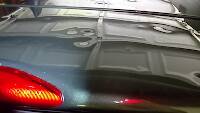
Blue-winged Olives
Baetis
Tiny Baetis mayflies are perhaps the most commonly encountered and imitated by anglers on all American trout streams due to their great abundance, widespread distribution, and trout-friendly emergence habits.
Featured on the forum

This specimen keys pretty easily to Onocosmoecus, and it closely resembles a specimen from Alaska which caddis expert Dave Ruiter recognized as this genus. As with that specimen, the only species in the genus documented in this area is Onocosmoecus unicolor, but Dave suggested for that specimen that there might be multiple not-yet-distinguished species under the unicolor umbrella and it would be best to stick with the genus-level ID. I'm doing the same for this one.

Troutnut is a project started in 2003 by salmonid ecologist Jason "Troutnut" Neuswanger to help anglers and
fly tyers unabashedly embrace the entomological side of the sport. Learn more about Troutnut or
support the project for an enhanced experience here.
Updates from April 23, 2004
Updates from April 23, 2004
Photos by Troutnut
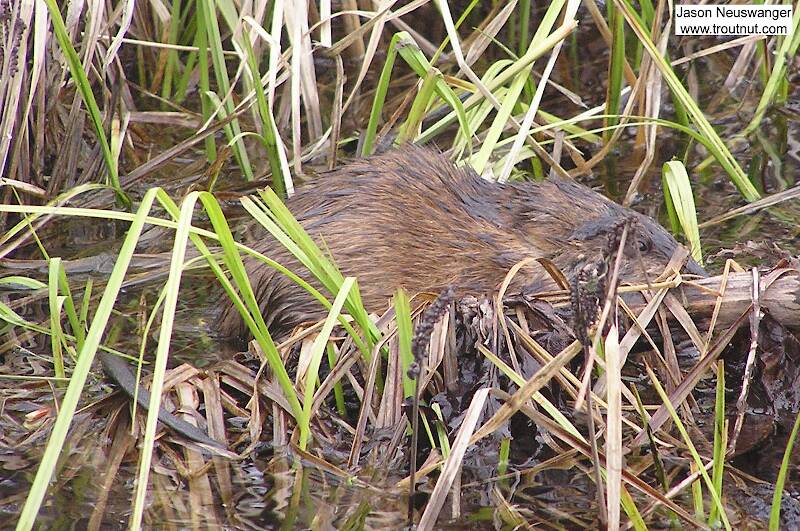
Underwater photos by Troutnut

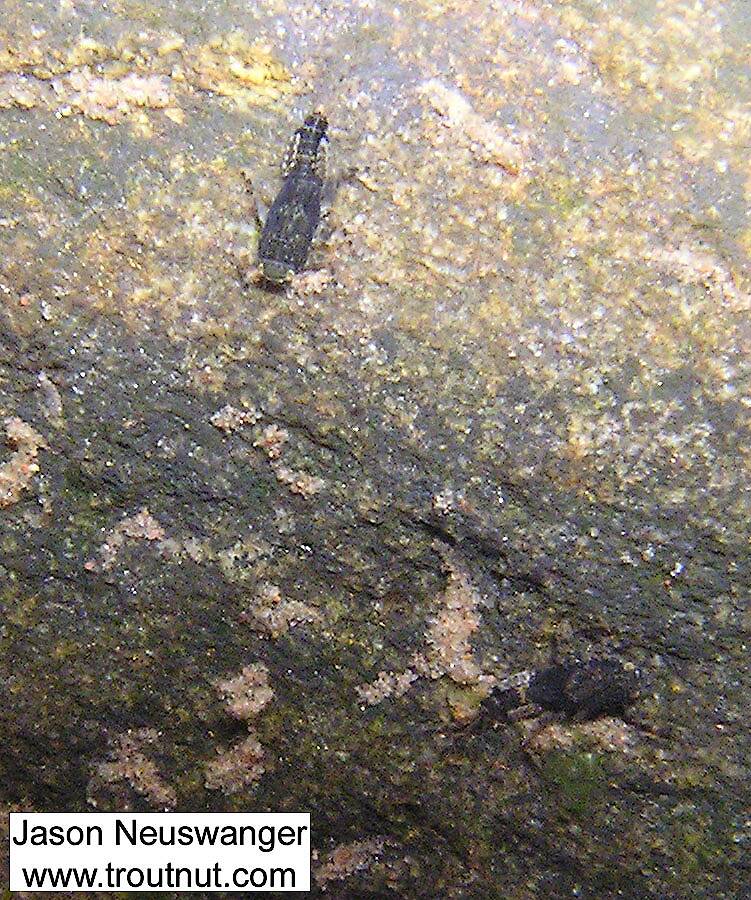

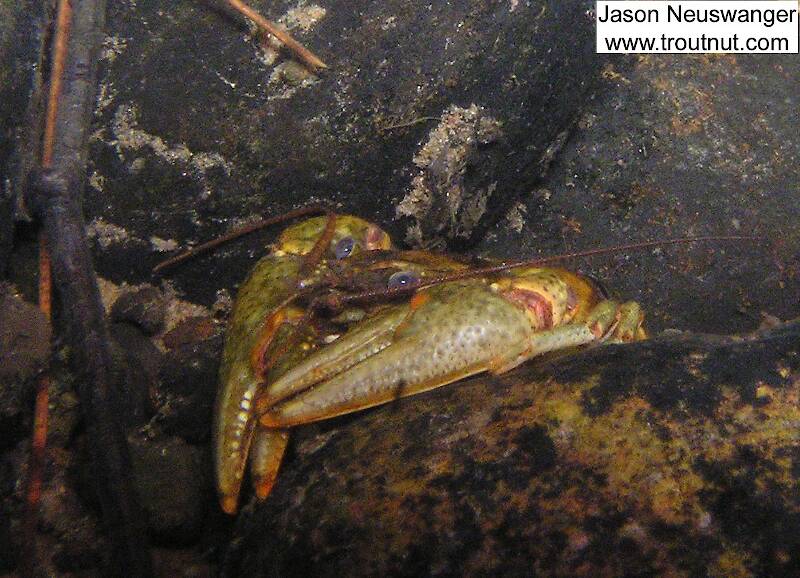
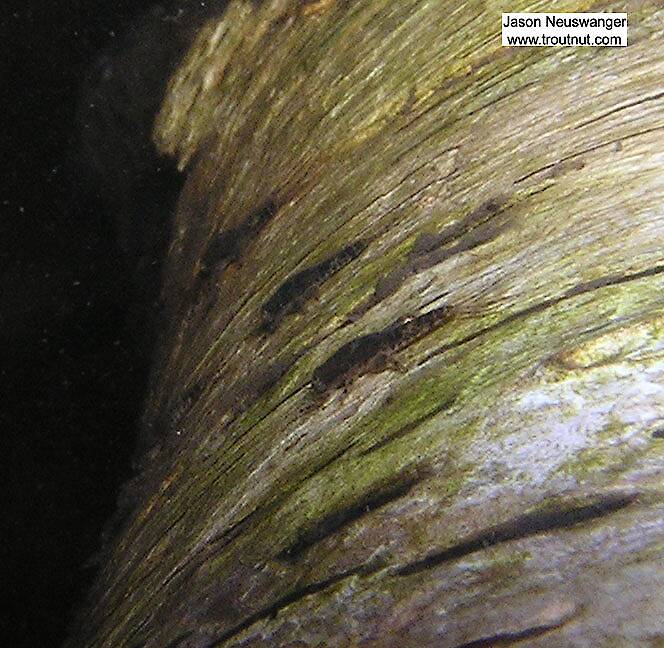
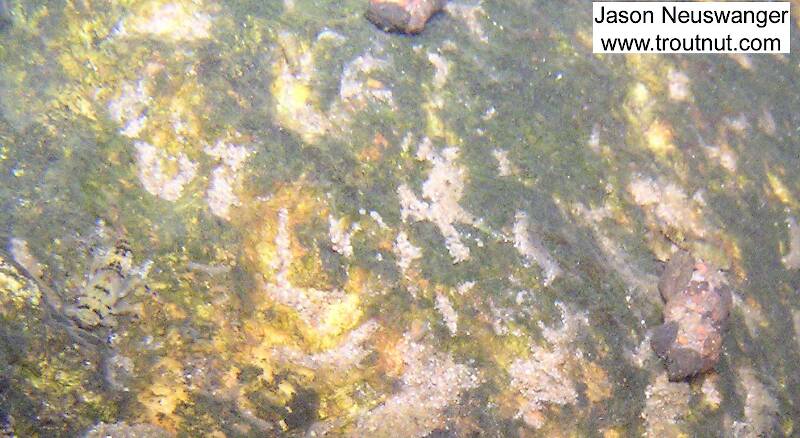
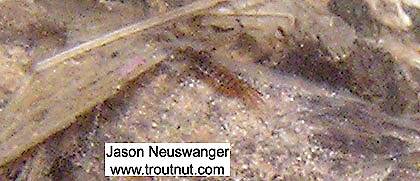
Closeup insects by Troutnut from the Namekagon River in Wisconsin

This one hatched on the same April Saturday that I saw the first Hendricksons of the season.
Quick Reply
Related Discussions
Topic
Replies
Last Reply
3
Mar 30, 2012
by Entoman
by Entoman
3
Feb 12, 2009
by Creno
by Creno
Re: Lots of new pictures to check out, coming online tonight/tomorrow
In General Discussion by Troutnut
In General Discussion by Troutnut
1
Oct 4, 2006
by Dinerobyn
by Dinerobyn
6
Jan 4, 2010
by Konchu
by Konchu
Re: hook size (and chocolate duns, and old-timey mayfly family classifications)
In Eurylophella Mayfly Nymph by Warren
In Eurylophella Mayfly Nymph by Warren
10
Apr 13, 2007
by Quillgordon
by Quillgordon

